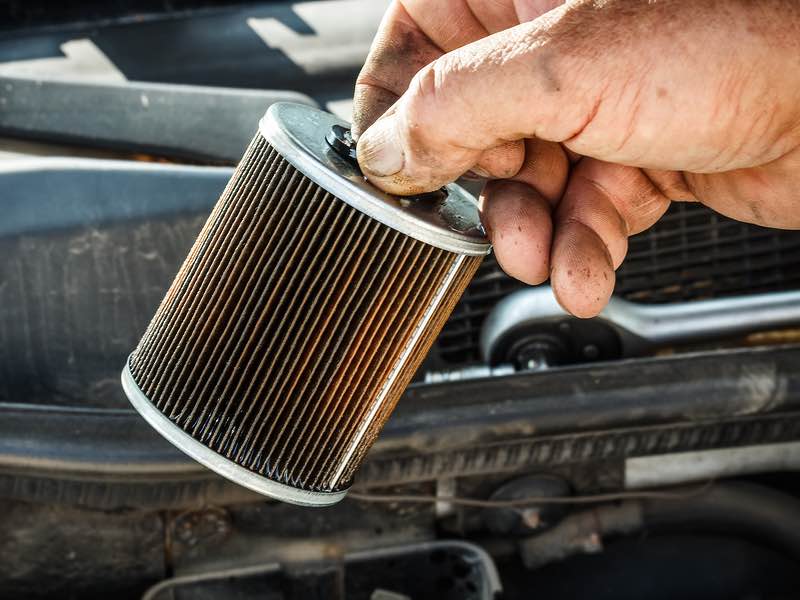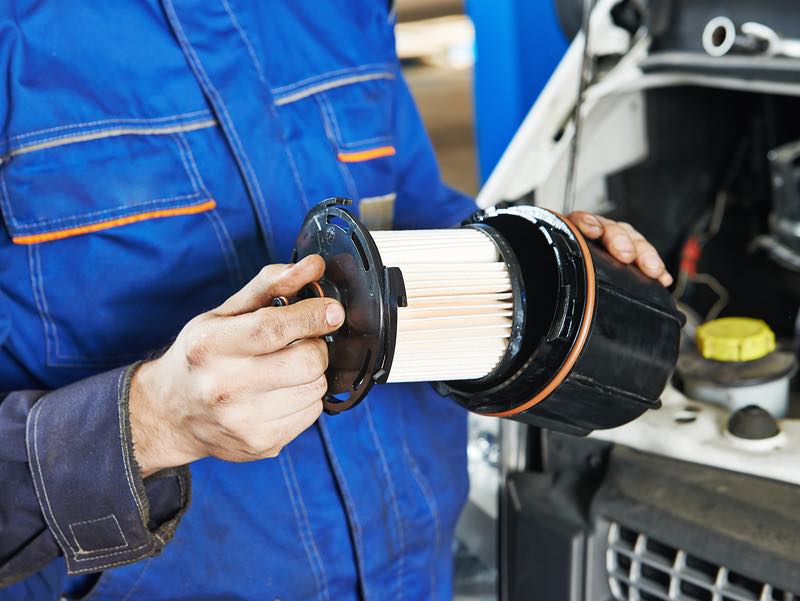Recent Articles
Popular Makes
Body Types
How to Replace a Fuel Filter

Your car's fuel filter makes sure that the fuel reaching the engine is free of contaminants and helps prevent the injectors and other components from clogging. If you've noticed that your car is down on power or stumbles when you give it gas, this filter might be clogged and in need of replacement.
While most fuel filters generally look the same, there are many different designs, and it's important to buy one specific to your vehicle. There are many different methods used to secure the hose to the filter, including basic clamps, banjo bolts, quick disconnect fittings, and plastic clips. Before you start, make sure that you have the tools you need and compare the new filter with the old filter to ensure that they are similar. Banjo bolts may require new washers to be installed, quick disconnect fittings will require a special tool to remove, and plastic clips can sometimes break and may need to be replaced.
The fuel filter is normally located either somewhere under the car, normally along one side, or under the hood. The most important step to remember when learning how to change a fuel filter is that before you can replace the filter, you need to depressurize the fuel system. If you are going to use ramps, drive the car onto the ramps before depressurizing the system. If you are going to jack the car up and support it on jack stands, it's best to depressurize the system first. The easiest way to accomplish this is to pull the fuse for the fuel pump, and then start the car and allow it to run until it dies from a lack of fuel. Once the car dies, disconnect the negative battery cable and replace the fuel pump fuse.
Remove the hoses from the fuel filter, keeping a rag over the junction to catch any fuel remaining in the lines. If necessary, remove the bracket that holds the filter in place, and replace it with the new fuel filter. The new filter should have an arrow on it indicating which way the fuel should flow through it. Reattach the fuel lines, ensuring that they are snug.
Reconnect the negative battery cable, and then prime the fuel system by turning the key to the On position (but not starting the engine). Turn the key off, and repeat this another two times. Once the system has been pressurized, check for leaks near the fuel filter. If no leaks are visible, start the car and take it for a short test drive, and then check again for leaks.
